- Home
- The Best AI Tools To Do Software Development (2025 Edition)
The Best AI Tools to Do Software Development (2025 Edition)
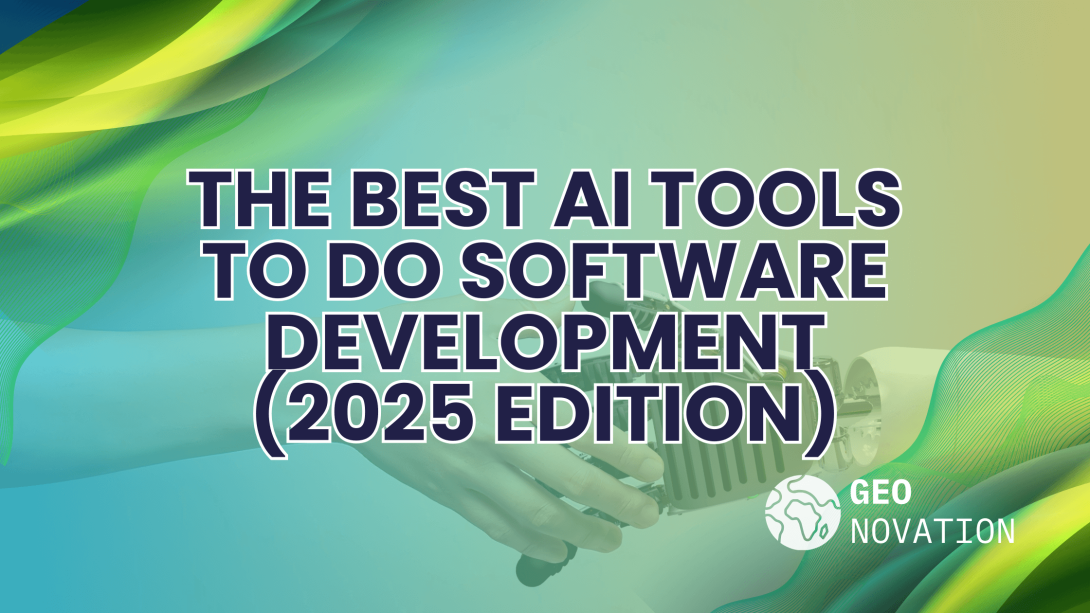
28 April, 2025
Software development has always been a dynamic field, but in 2025, the landscape is undergoing a profound transformation, powered by Artificial Intelligence (AI).
What was once a purely human-driven activity, problem-solving, writing code, testing, and deploying, is now a symphony between human creativity and machine intelligence.
AI in software development is not just about writing code faster.
It’s about elevating human developers, accelerating innovation, and reshaping the very notion of what it means to "build software."
In this article, we’ll explore the best AI tools for software development today, diving into what makes them extraordinary, and how you can leverage them to future-proof your career and projects.
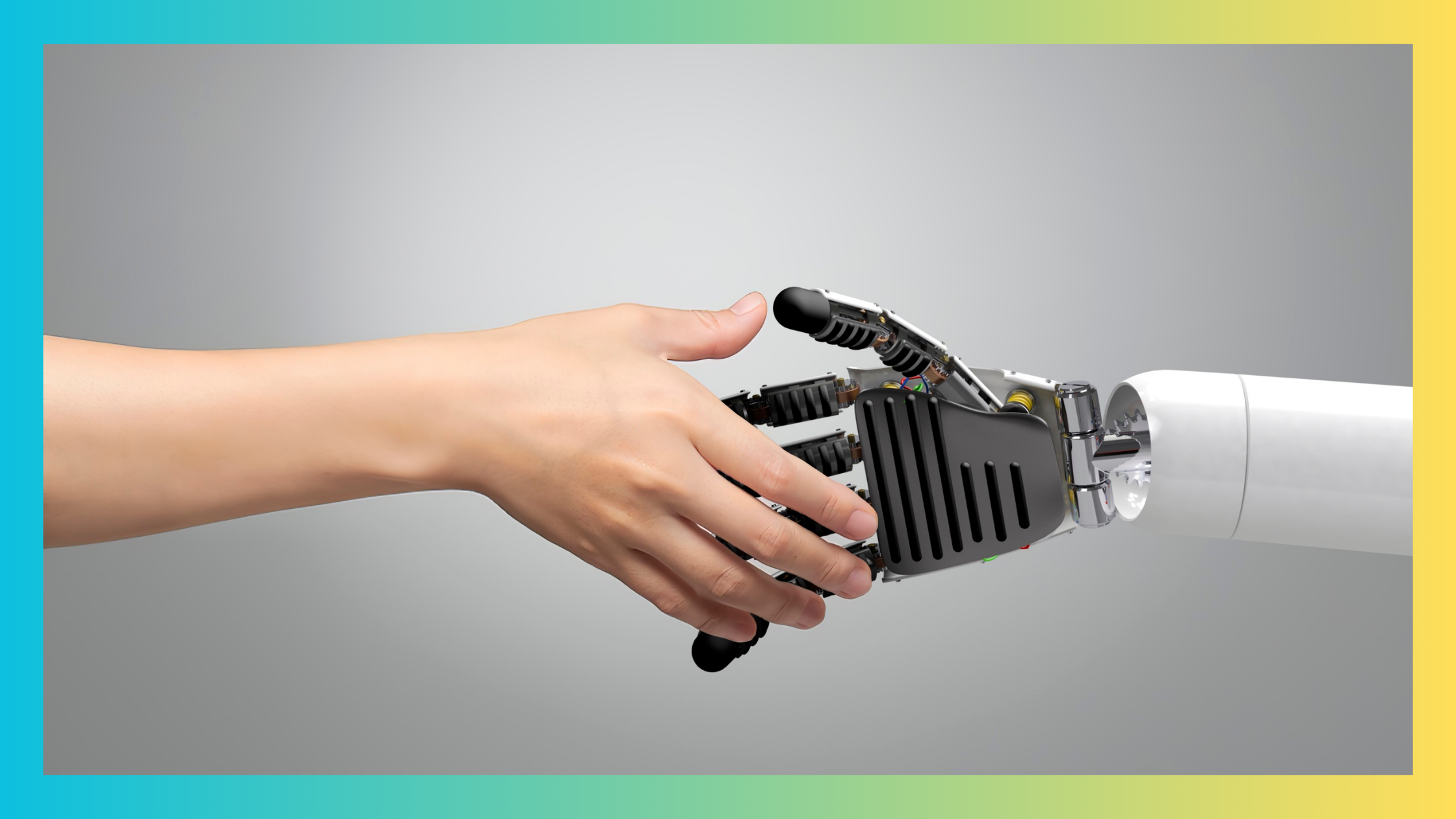
Why AI Is Revolutionizing Software Development in 2025
2025 isn’t like 2015, or even 2020. The stakes are higher, and the tools are smarter.
Today’s AI can:
- Design software architectures from high-level goals
- Generate production-ready code from plain English
- Predict and prevent bugs before they cause issues
- Optimize system performance without human intervention
- Automate testing, security audits, and even compliance checks
In an era where time-to-market defines winners and losers, AI-augmented development isn’t a luxury, it’s survival.
1. GitHub Copilot X — The Gold Standard of AI Code Generation

What It Is:
A powerful AI pair programmer developed by GitHub and OpenAI. It integrates deeply into popular IDEs like VS Code, JetBrains, and more.
What Makes It Unique:
- Autocomplete entire classes and methods
- Generate boilerplate code
- Auto-create unit tests and documentation
- GitHub Issue and Pull Request integration
- Voice command capabilities
SEO Tip: GitHub Copilot X remains the best AI assistant for software developers in 2025, offering deep contextual understanding across codebases.
Real-World Impact:
Startups using Copilot X report a 27% reduction in time-to-deployment.
2. Amazon CodeWhisperer — Cloud-Native AI for AWS Developers
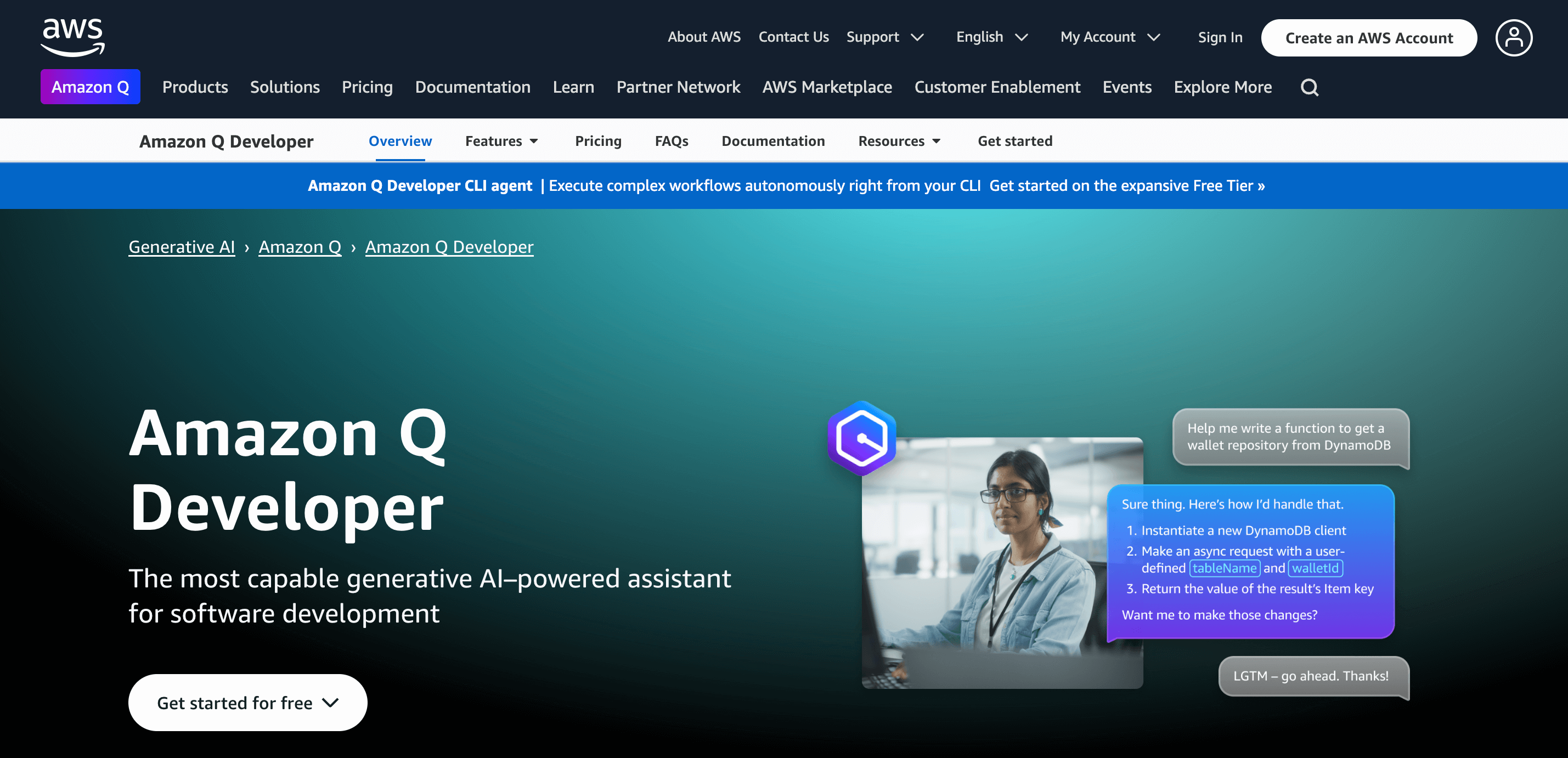
What It Is:
An AI coding companion from Amazon, tailored especially for developers building on AWS.
What Makes It Unique:
- Optimized for writing Lambda functions, CloudFormation templates, and AWS SDK code
- Code recommendations fine-tuned for serverless and cloud-native architectures
- Built-in security scanning for vulnerabilities
In a world where multi-cloud and serverless computing dominate, CodeWhisperer ensures your AI assistant speaks fluent AWS.
3. Replit Ghostwriter — Full Stack AI Development
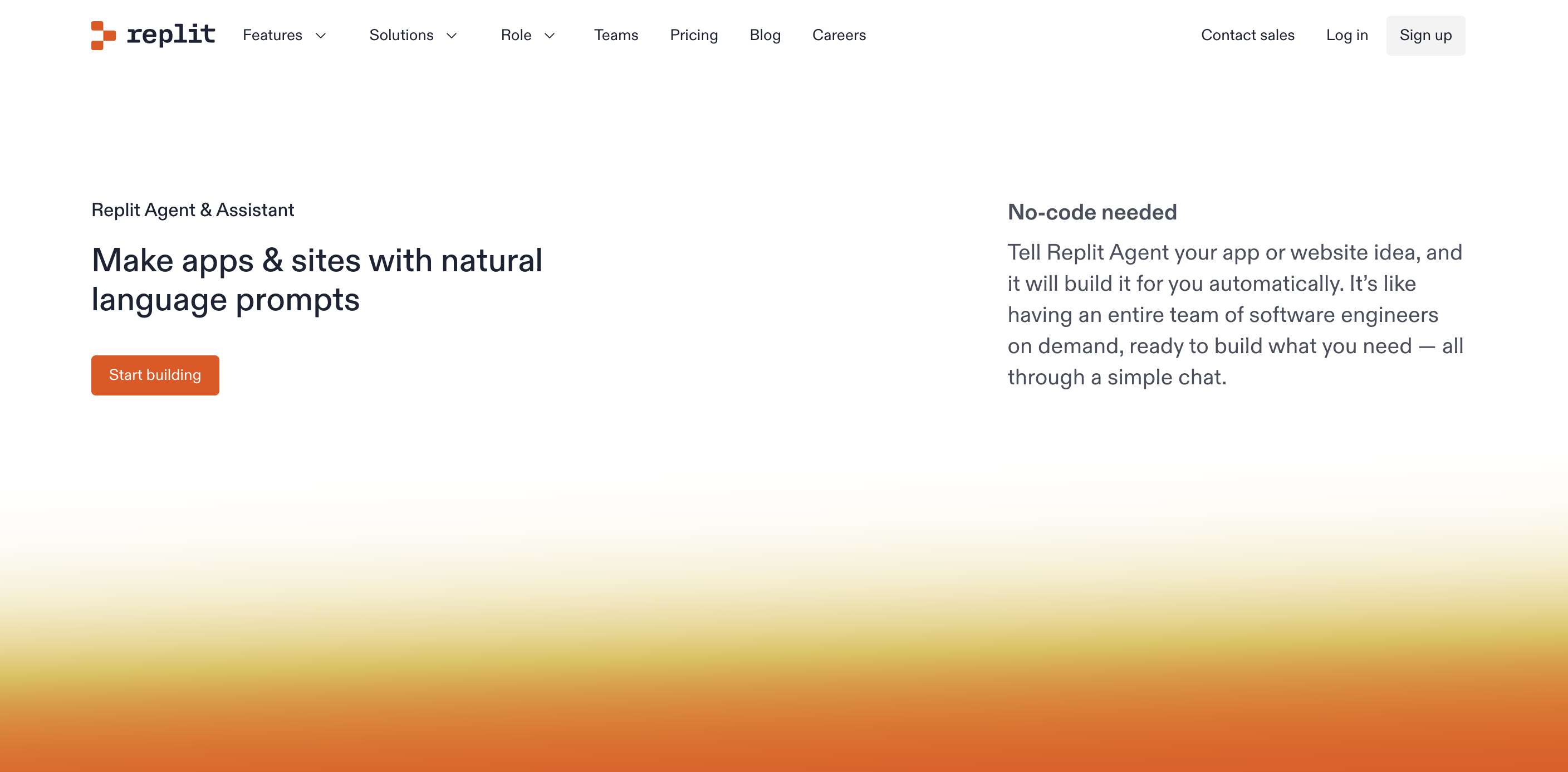
What It Is:
An AI assistant built into Replit’s collaborative coding platform. Great for solo developers and teams looking to ship faster.
What Makes It Unique:
- Instant code completion
- Auto-debugging with error explanations
- Test case generation
- Natural language to code conversion
Ghostwriter is democratizing software development, making it possible for non-developers to prototype applications without formal coding education.
2025 Trend:
The low-code/no-code movement combined with AI is blurring the lines between developers and entrepreneurs.
4. Continue.dev — Open-Source AI Coding Assistant
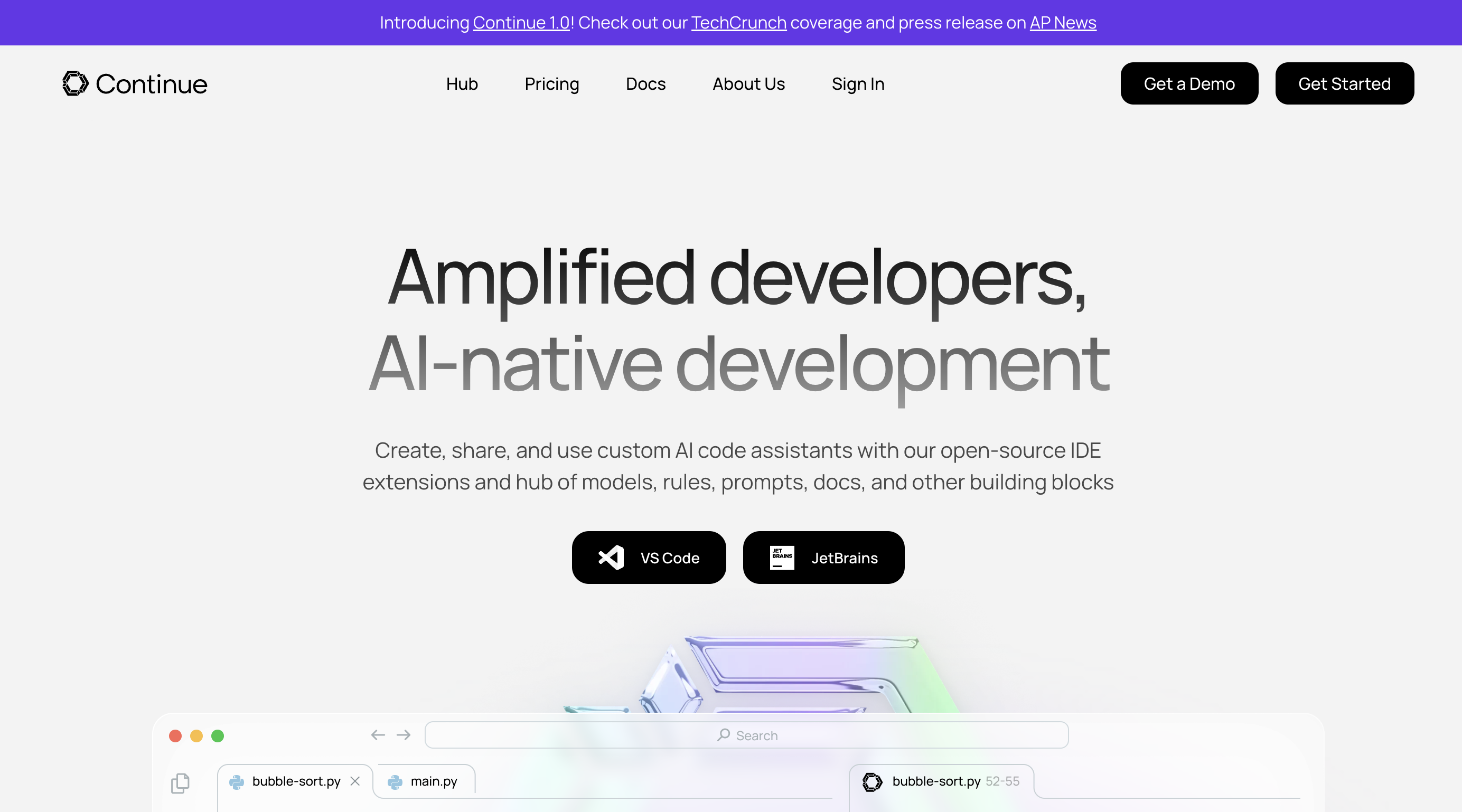
What It Is:
An open-source alternative to Copilot, allowing developers to plug into any AI model they want OpenAI, HuggingFace, Anthropic, or even their own private LLMs.
What Makes It Unique:
- Customizable prompts and workflows
- Connects to self-hosted models for privacy and compliance
- Supports massive codebase search and Q&A
Enterprise Trend 2025:
Large organizations are increasingly demanding AI sovereignty, and tools like Continue.dev are leading the charge.
5. Tabnine — The Personalized AI Code Assistant
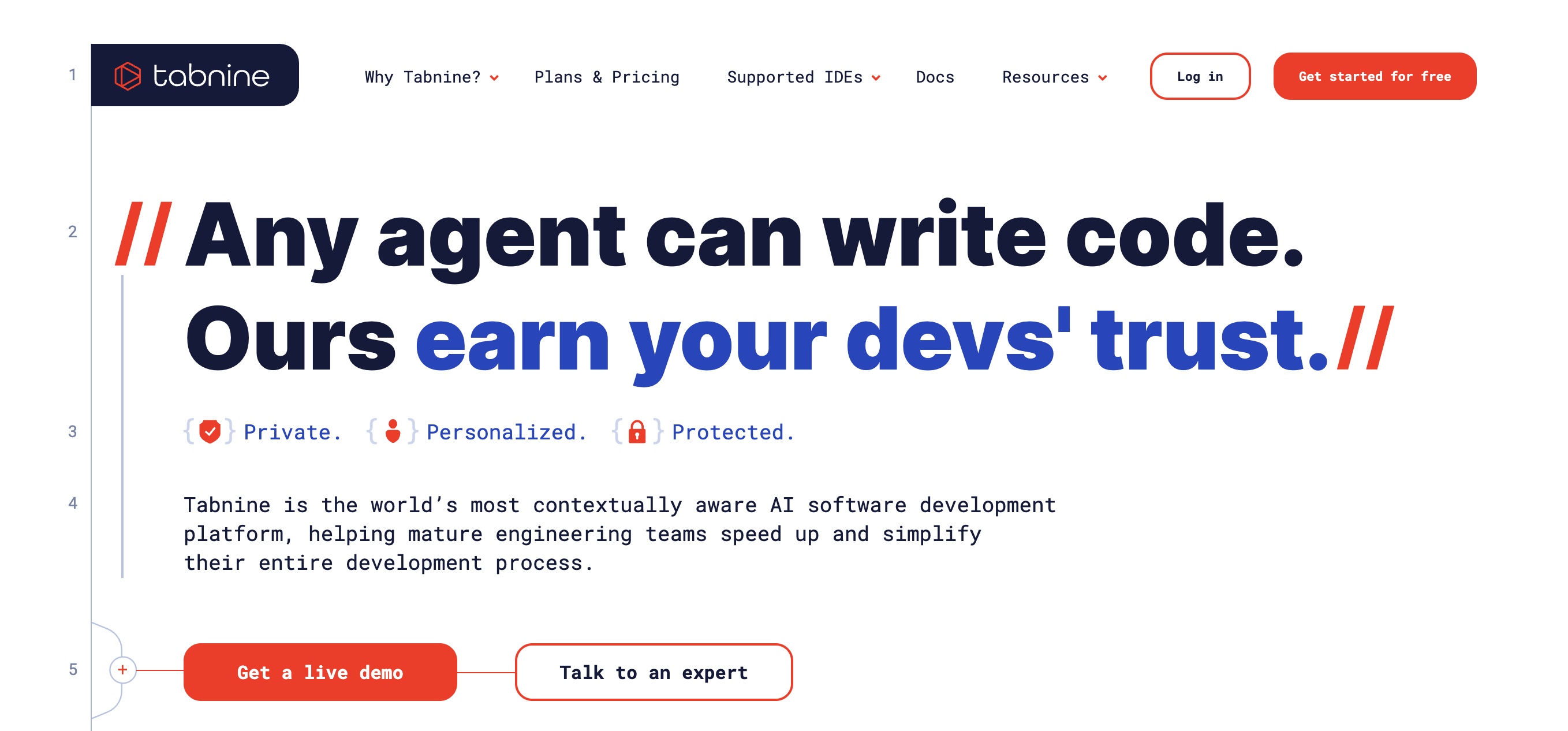
What It Is:
An AI assistant that adapts to your personal coding style and your team’s unique libraries and frameworks.
What Makes It Unique:
- Train on your own codebase
- Offline models for maximum security
- Seamless integration into team workflows
Tabnine isn’t trying to reinvent the wheel. Instead, it’s turbocharging the wheels you already have.
6. Cody by Sourcegraph — AI-Powered Code Search and Refactoring
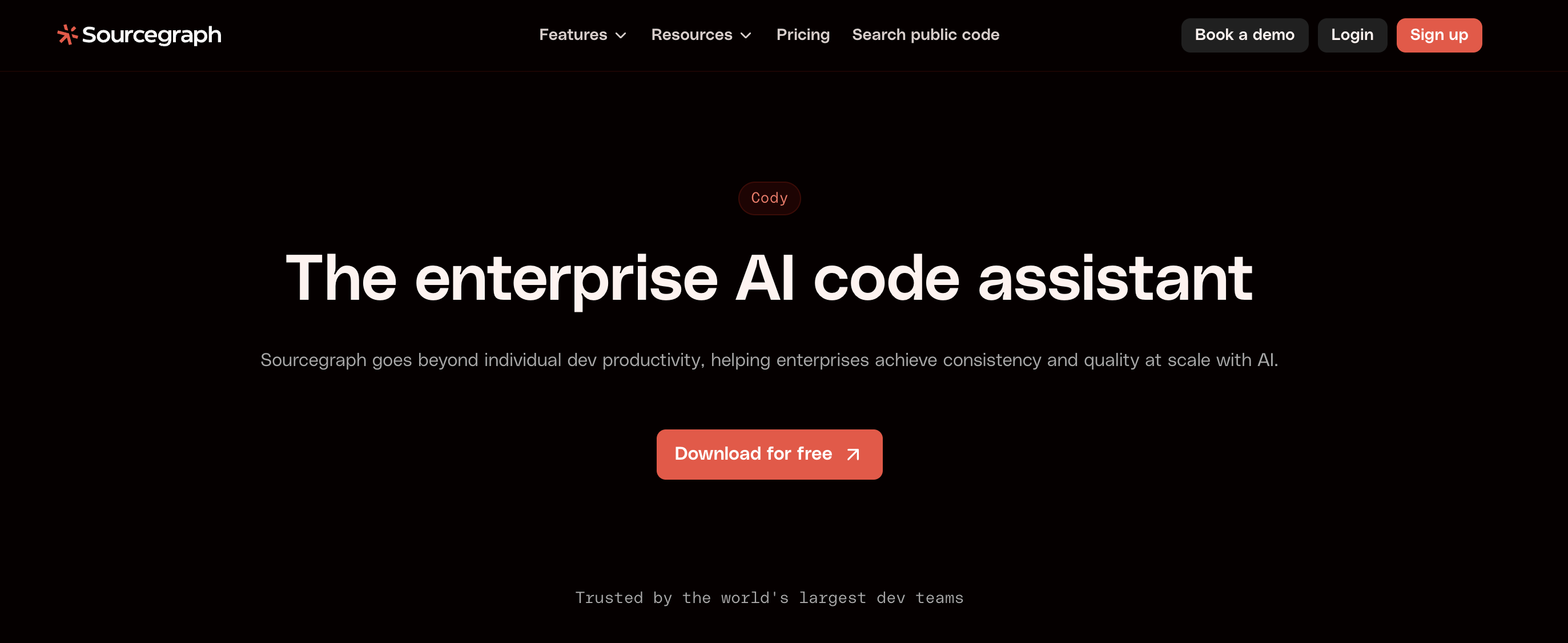
What It Is:
An AI assistant designed for large-scale code navigation, understanding, and transformation.
What Makes It Unique:
- Understands entire monorepos
- Suggests large-scale refactoring operations
- Helps onboard new engineers rapidly
Key Insight:
In 2025, scaling teams and codebases will be a bigger problem than just writing code, and Cody is one of the few tools addressing this.
7. Aider — AI-Assisted Git Committer
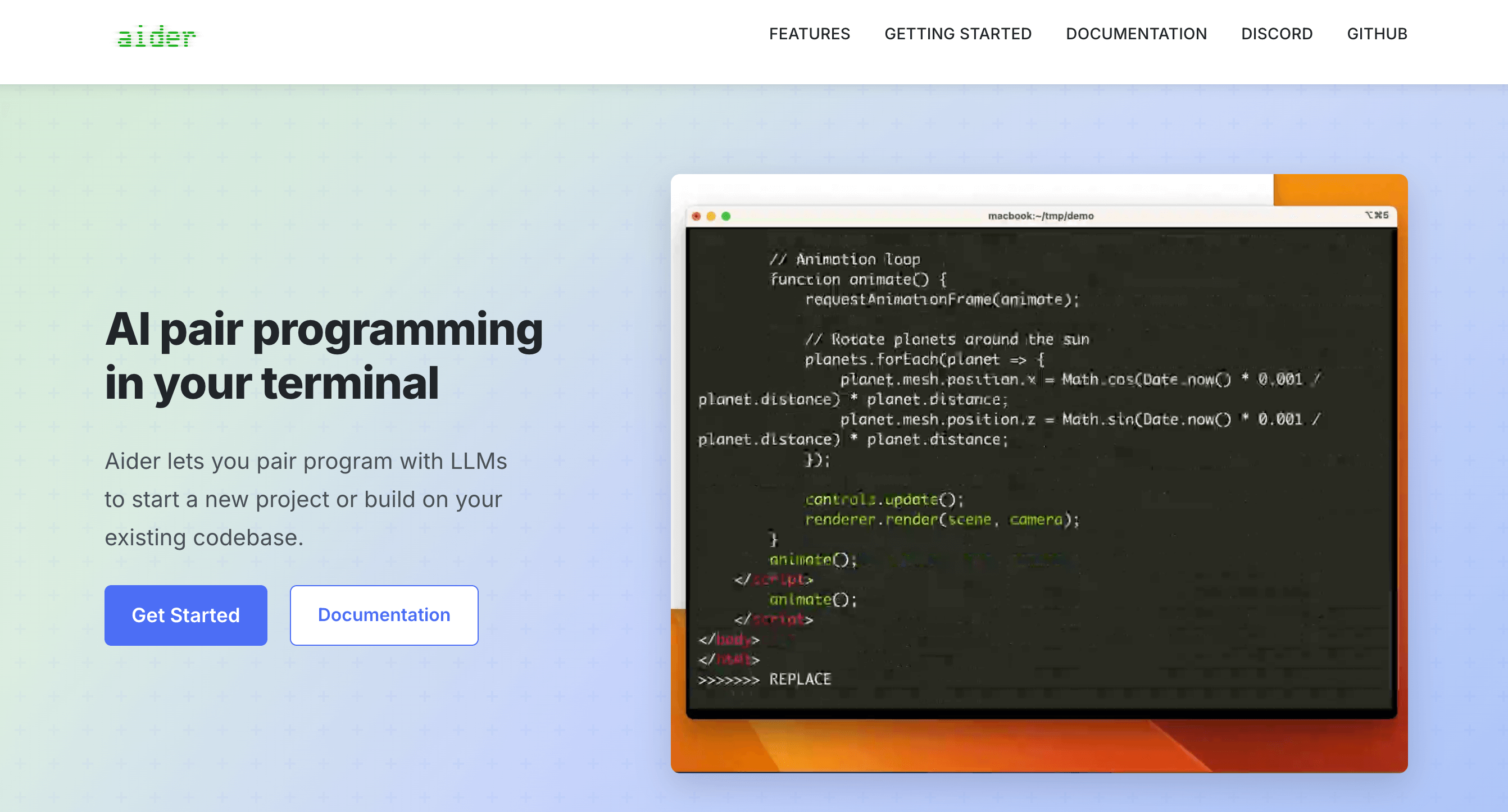
What It Is:
A command-line tool that uses LLMs to assist you in modifying code through natural language instructions and auto-generating commits.
What Makes It Unique:
- Works directly inside git repositories
- Minimal, no-frills interface for pro developers
- Bridges the gap between code changes and commit documentation
Perfect for high-velocity teams that need transparent code changes without slowing down.
Emerging Trends: What’s Next in AI-Driven Development?

1. AI Agents Building AI Agents:
Multi-agent frameworks are allowing AIs to collaborate on building complex systems without constant human supervision.
2. Autonomous Code Maintenance:
AI bots will automatically update, patch, and refactor codebases to align with new libraries, APIs, and best practices.
3. AI-Led Software Architectures:
Tools will emerge that can design multi-service systems, generate API gateways, and even design scalable data architectures autonomously.
Challenges and Ethical Considerations
As we welcome AI into our workflows, new challenges arise:
- Security Risks: AI-generated code can introduce vulnerabilities
- Intellectual Property: Who owns AI-generated code?
- Bias and Safety: AIs can unintentionally propagate harmful patterns
- Job Displacement: Certain roles (e.g., junior developer) may change dramatically
The solution?
Human oversight, transparency, and responsible AI development practices must evolve alongside the technology.
How to Choose the Right AI Tool for Your Software Development
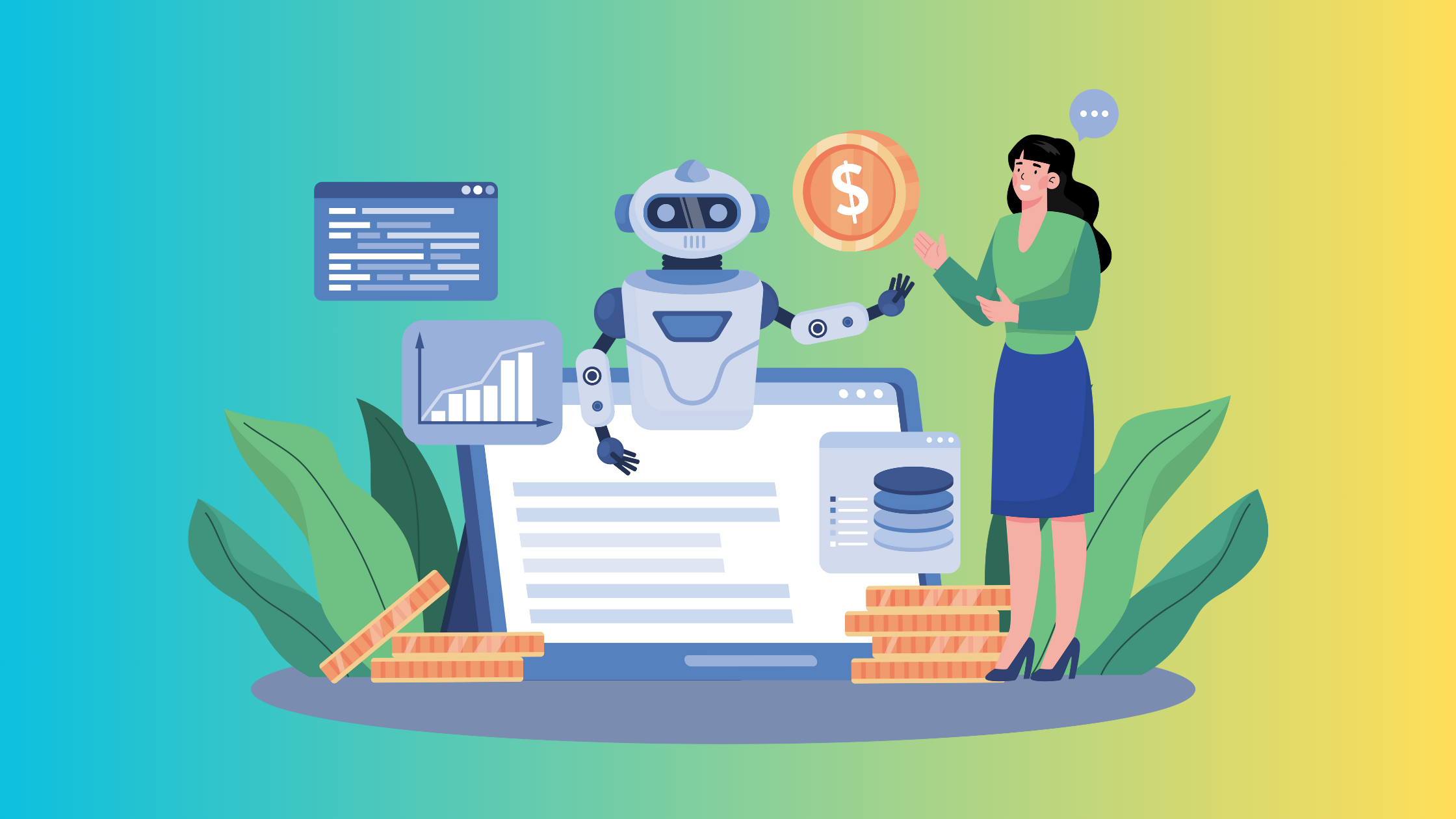
Choosing the right AI tool isn’t about picking the one with the most features.
It's about answering three critical questions:
- What’s my primary goal? (Speed? Quality? Innovation?)
- What’s my environment? (Startup? Enterprise? Open Source?)
- What’s my philosophy toward AI? (Cloud? Local? Open Source?)
Mapping your choice to these answers will ensure alignment between tool capabilities and your development goals.
Final Thoughts: The Human + AI Synergy
AI isn’t here to replace developers. It’s here to enhance them. In the hands of a skilled developer, AI becomes a force multiplier, enabling 10x productivity, faster innovation, and more impactful software. As we move deeper into the age of autonomous software engineering, those who embrace AI smartly, rather than resist it, will be the leaders of the next digital renaissance.
The future of software development isn’t human or machine.
It’s human + machine.
Ready to Future-Proof Your Software Development Workflow?
At Geonovation, we help teams and organizations harness the power of next-generation technologies, from AI-driven development tools to modern CMS strategies, to build faster, smarter, and more securely.
Explore tailored solutions for software teams, startups, and enterprises
Stay ahead with the latest trends in AI, development, and digital innovation
Partner with experts who understand the future of tech
Contact us today to discover how we can help you integrate AI into your development workflow and scale your digital projects with confidence.